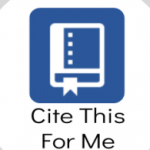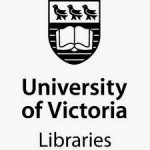Citations are essential for avoiding various forms of plagiarism and for upholding Victoria High School’s Academic Code of Conduct. Information from books and digital sources must be cited, in addition to images (works of art, photographs, graphics, cartoons) and music/sound files if you did not create these sources yourself. Citations include References/Works Cited page, in-text citations, and informal attribution of images used in visual presentation.
TOP TIPS:
- Use the resources in the Digital Resource Hub; articles within this hub already include a ready-made citation in APA and MLA style.
- Create a working reference list by gathering the full citations of each source you use.
- Use a citation generator for sources that do not provide built-in citation — for example, library books. Use the information on the first front end papers to gather information about the copyright date, publisher, place of publication, title and author.
- Use sources of images and music that are copyright and royalty-free that are linked here on our library web site.
- Use the citation guides below or talk to your teacher-librarian Ms. Burleson
_____________________________________________________________________________________________________
| Citation Generators |  |  | 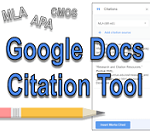 |
|
|---|---|---|---|---|
| Citation Guides: | 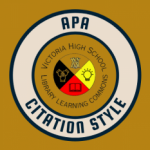 | 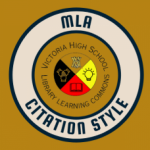 | 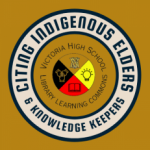 |


